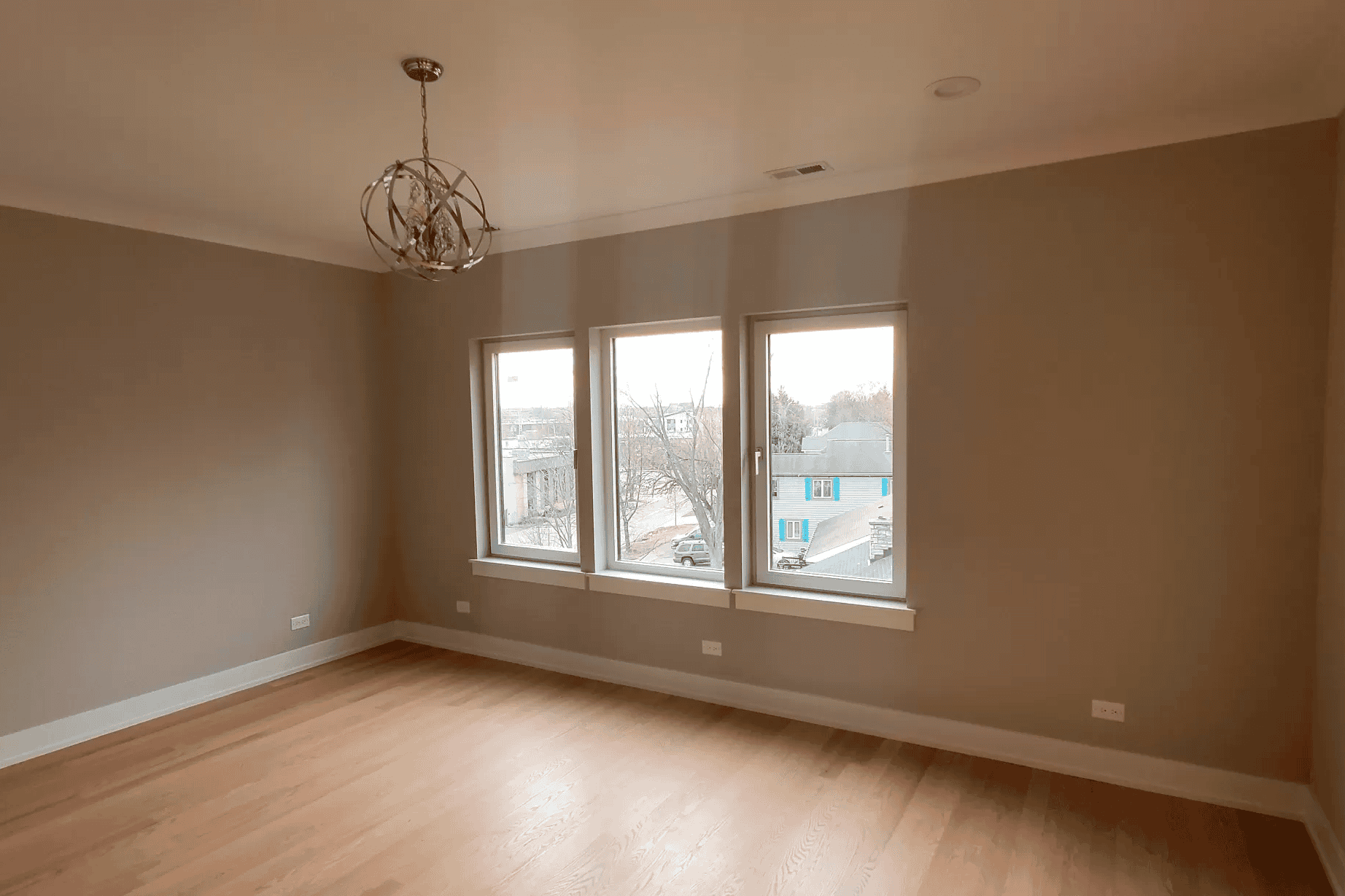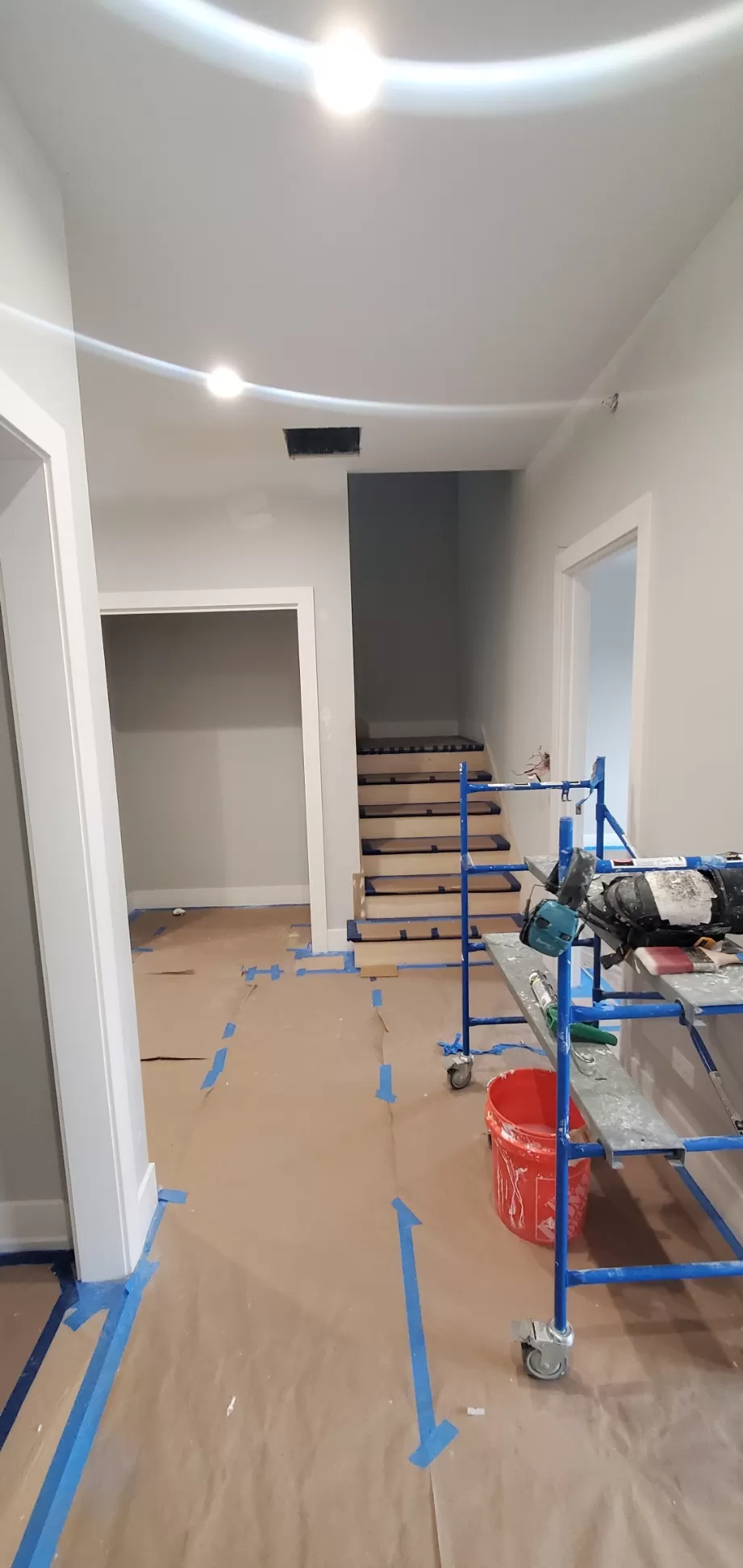It’s frustrating to walk into your living room—the heart of your home—only to see unsightly flakes peeling from the walls. This isn’t just a cosmetic issue. When paint flakes, it signals something deeper: poor adhesion, hidden moisture, improper product use, or prep steps skipped.
Flaking paint in your living room compromises more than just appearance. It weakens the wall’s protective coating, exposes substrates to wear, and hints at problems that, if left untreated, can lead to recurring damage.
So what’s causing your paint to shed like this? In this detailed guide, we’ll break down the most common causes of flaking paint, how to properly diagnose the root issue, and what durable, high-performance products and techniques you can use to fix and prevent future failures. Whether you’re a DIY homeowner or working with professionals, this is your go-to resource for living room paint problems.
Understanding Paint Flaking: What Happens and Why

What Is Paint Flaking?
Paint flaking refers to the separation of the paint film from the wall surface, where paint lifts off and sheds in thin, brittle fragments. While often used interchangeably with peeling or cracking, there are differences:
| Issue | Description |
|---|---|
| Flaking | Paint breaks into small fragments or chips. |
| Peeling | Larger sheets of paint come off in strips. |
| Blistering | Bubbles form under the paint due to moisture. |
| Cracking | Fine lines appear, often before peeling begins. |
Flaking typically starts small—corners, near baseboards, behind furniture—and spreads if not addressed.
How Paint Adhesion Works
Adhesion is critical for lasting paint performance. Paint doesn’t just stick—it chemically bonds to surfaces. Two layers must adhere well for a stable finish:
-
Primer to Substrate: A primer forms a gripping layer between the raw wall surface (drywall, plaster, masonry, etc.) and the topcoat.
-
Topcoat to Primer/Paint: Each new coat must bond properly to the one below it.
Factors That Disrupt Adhesion:
-
Surface contamination (grease, dust, smoke residue)
-
High humidity or wall moisture
-
Slick or glossy finishes without abrasion
-
Paints with incompatible chemistries (e.g., latex over unprimed oil)
Understanding this is key to troubleshooting flaking in your living room.
Common Causes of Flaking in Living Rooms
Poor Surface Preparation
Most flaking paint issues start before a brush hits the wall. In living rooms—where walls accumulate fingerprints, dust, and even soot from candles or fireplaces—failing to clean and prep properly causes coatings to lose grip.
Common Prep Mistakes:
-
Not degreasing walls with a cleaning agent or TSP
-
Painting over wallpaper glue or old peeling paint
-
Skipping sanding on glossy finishes
A clean, slightly roughened surface helps primer and paint grab hold and stay put.
Moisture and Humidity Issues
Moisture is a paint’s worst enemy. Living rooms may not seem as vulnerable as bathrooms or kitchens, but humidity can build up from:
-
Leaky windows or poor caulking
-
Nearby HVAC condensation
-
Damp concrete slabs in basement-level living areas
-
Improper vapor barriers
Symptoms of moisture-induced flaking often appear:
-
Around window frames
-
In room corners or behind heavy furniture
-
Near the ceiling or baseboard
Using Incompatible Paint Layers
If your home was built before the 1980s, there’s a chance older oil-based paints were used. Latex paint applied directly over oil without a bonding primer won’t stick—it will lift and flake.
Paint chemistry matters. Mixing brands without checking compatibility or using low-adhesion paints over glossy finishes leads to failure.
Applying Paint Too Thickly or in Poor Conditions
Applying paint in thick, heavy layers may seem like a time-saver, but it often leads to flaking. Paints cure through evaporation. Thick coats take too long to dry, creating weak adhesion.
Other environmental issues:
-
Painting below 50°F or above 85°F
-
High indoor humidity (>60%)
-
Not allowing sufficient dry time between coats
Low-Quality Paint Products
Cheap paints often contain less binder, which weakens adhesion. Budget paints might look good at first, but many begin flaking or chalking within a year or two—especially in busy areas like the living room.
| Paint Tier | Estimated Lifespan | Best For |
|---|---|---|
| Economy Paint | 2–3 years | Temporary rentals |
| Mid-Tier Latex | 5–7 years | Guest rooms, low-touch zones |
| Premium Acrylic Latex | 8–12 years | Living rooms, family spaces |
Diagnosing the Flaking Problem: How to Identify the Root Cause

Inspecting the Flaking Pattern
The way your paint flakes tells a story. Take note of where and how it’s failing.
-
Localized flaking (one wall or corner): Suggests prep or moisture in that area
-
Widespread, uniform flaking: Indicates a systemic issue (poor primer or wrong paint system)
-
Flakes forming near windows or baseboards: Moisture intrusion is likely
Testing for Moisture
Use a moisture meter to test wall surfaces. Readings above 16% suggest active moisture problems that must be resolved before repainting. If unsure, a professional inspection can detect:
-
Hidden plumbing leaks
-
HVAC condensation
-
Faulty exterior seals around windows or siding
Checking Previous Paint Layers
Use the scrape test:
-
Cut a small “X” into the flaking area with a blade.
-
Apply adhesive tape and peel quickly.
-
If large chunks come off, adhesion is poor.
Oil-based test: Rub the paint with denatured alcohol. If it doesn’t soften or smear, it’s likely oil-based. Painting latex over this without proper prep guarantees flaking.
Lead safety tip: In pre-1978 homes, test for lead paint before sanding.
How to Fix Flaking Paint in Your Living Room
Proper Surface Prep Steps
Fixing the problem starts with removing the failure completely:
-
Scrape and Sand: Remove all loose and flaking paint using a scraper or wire brush. Sand edges smooth.
-
Clean Thoroughly: Use a degreaser like TSP. Rinse well and let dry completely.
-
Repair Damage: Fill cracks and dents with joint compound or filler. Sand flush once dry.
Using the Right Primer
Your primer choice makes or breaks the topcoat. Choose a primer based on the condition and substrate:
| Primer Type | Use Case |
|---|---|
| Kilz Premium | General use, stain-blocking, high adhesion |
| Zinsser Bulls Eye 1-2-3 | Latex-to-latex or oil-to-latex transitions |
| Zinsser Gardz Problem Surface Sealer | Chalky, brittle drywall or wallpaper residue |
| Zinsser BIN Shellac-Based Primer | Stain and odor blocking, excellent for fireplace walls |
Let primer dry fully before topcoating. Follow manufacturer instructions for recoat windows.
Selecting Durable Paint Systems
Living rooms need durable coatings that withstand cleaning, occasional bumps, and sunlight exposure. Opt for acrylic latex paints with good scrub resistance and flexible film properties.
Recommended Products:
-
Benjamin Moore Regal Select – Excellent hide, durability, and color retention.
-
Sherwin-Williams Duration Home – Washable and mold-resistant; ideal for humid rooms.
-
Behr Marquee Interior – One-coat coverage for bold colors; good for touch-ups.
Choose eggshell or satin finishes for walls—these resist wear better than flat but aren’t overly glossy.
Proper Application Conditions
Paint should only be applied in optimal conditions:
-
Temperature: 50°F–85°F
-
Humidity: Below 60%
-
Drying Time: Follow label guidance (typically 2–4 hours per coat)
-
Ventilation: Ensure airflow for curing; open windows and use fans if needed.
Preventing Future Flaking: Long-Term Maintenance Tips
Controlling Indoor Humidity
Living rooms connected to kitchens or facing exterior walls often struggle with humidity. Prevent moisture buildup with:
-
Dehumidifiers
-
Routine caulking and sealing
-
Exhaust fans or window ventilation
-
Annual HVAC maintenance
Routine Cleaning and Wall Care
Maintain your paintwork:
-
Dust walls regularly.
-
Clean with mild soap and soft cloths.
-
Avoid abrasive sponges or harsh chemicals.
-
Touch up minor chips quickly to prevent flaking from spreading.
When to Call a Professional Painter
If flaking affects:
-
Multiple walls
-
Areas above 10 feet high
-
Paint applied over unknown substrates
…a pro painter can ensure correct prep, product selection, and finish. They also offer warranties and deeper substrate inspection.
People Also Asked: FAQ Section

Why does paint flake only in some areas?
→ Typically due to localized prep issues or moisture exposure in those spots.
Can I paint over flaking paint?
→ No. Flaking paint must be removed entirely. Painting over it leads to immediate failure.
How long does it take for paint to flake?
→ Poor paint jobs can flake in as little as 6 months. High-quality systems, properly applied, can last 8–12 years.
Is flaking paint dangerous?
→ Aesthetically, yes. In older homes, flaking may release lead dust—professional testing and remediation are necessary.
Can humidity really cause paint flaking indoors?
→ Yes. High humidity causes moisture to get trapped behind paint, reducing adhesion and causing flaking.
Don’t Let Flaking Paint Diminish Your Living Room
Flaking paint isn’t just an eyesore—it’s a sign of underlying trouble. Whether it’s poor prep, trapped moisture, incompatible coatings, or weak paint products, living room paint flaking requires careful diagnosis and the right system to correct.
Don’t cut corners. A proper fix involves removing loose paint, selecting the right primers and durable topcoats, and applying them in the correct conditions.
Invest in your living space. By addressing the cause and upgrading your system, you protect not just the aesthetics but the integrity of your walls. Let your living room be a reflection of comfort, not compromise.




